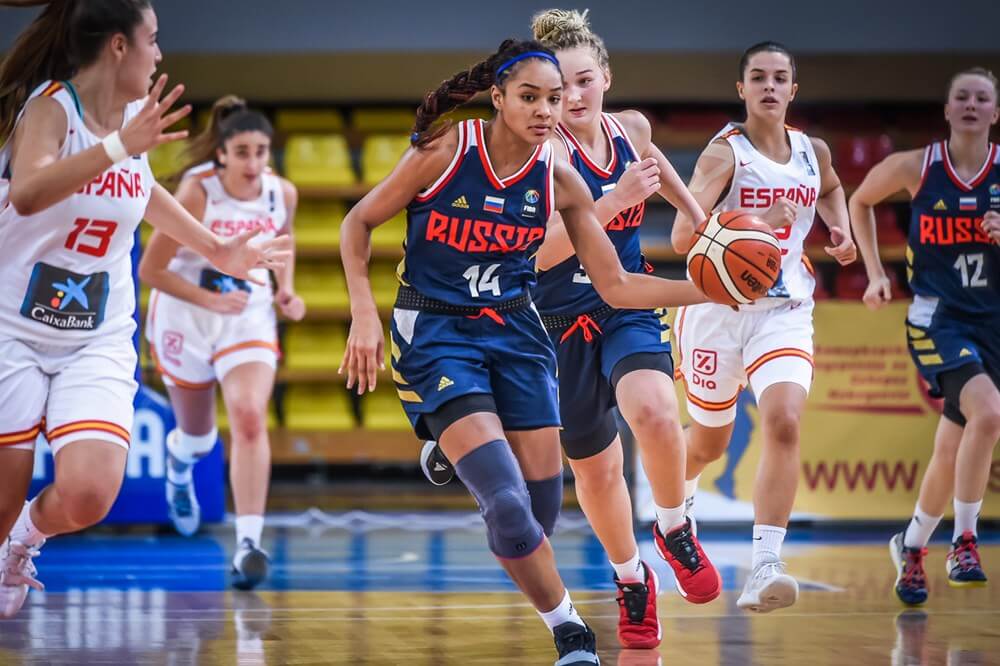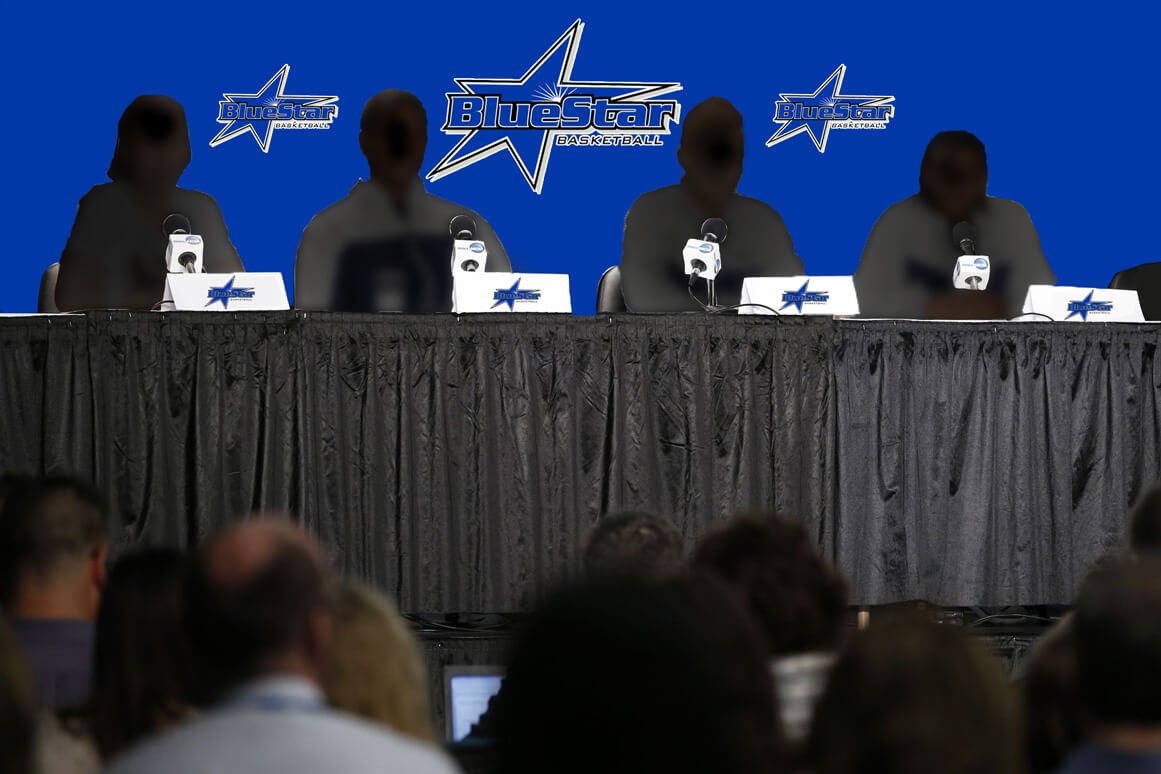One of the joys of going to FIBA youth tournaments each summer is that you get to see the stars of tomorrow [in the flesh] before most other people.
I say ‘in the flesh’ deliberately because nothing beats being courtside to get the whole picture. Having FIBA livestream youth events is a great step forward, but it’s most fruitful and valuable looking at prospects in the warm-ups, during time-outs, on the bench, interacting with their team-mates and coaches – many things you just don’t see on YouTube.
I also enjoy looking at what I call ‘fringe players’, those who I feel have great potential. Not only to make it to the NCAA and/or the pro-game and senior national team, but also a capacity to miss out if they don’t knuckle down and work hard.
Assessing the very top prospects is enjoyable because everybody loves low-hanging fruit, but I am fascinated to follow the progress of those players who you feel can do even more.
Near the top of my list for 2017 is a 2001 point guard Barbara Angyal of Hungary. She played in Udine at the u16 FIBA European Championship Women last year, but I feel she played within herself in a Hungary team that didn’t really click into gear. (Credit to the nice YoungBuckets project btw for the clip vid)
She is likely to be the centerpiece of this year’s Hungary team in Bourges after another impressive year in the Hungarian Youth Leagues.
There is no doubt she has skills and a nice IQ. She can create off the dribble or sink scores coming off screens, while her distribution of the ball is very promising.
However, and here is the rub, she probably doesn’t have the most athletic style or the same intensity at the defensive end as she has offensively.
In many young players, this last point is a common trait, but you feel that the issue will be how she uses her mind to overpower her defensive question marks.
In Udine, she scored 13 points per game and led in assists with almost three per game. Despite being one of the youngest players, she also played more minutes than any other player.The issues were that she didn’t convert well enough at the basket and struggled to get her downtown game going. Just five steals in 208 minutes reiterates the issues in terms of athleticism and defensive tenacity.
So why flag her up as a player to watch? Well, she looks to have been working hard on all elements of her game and she could be one to get me thinking ‘what a difference a year makes’. She could be a very decent NCAA player and until we see how she has progressed on French soil, she is just one to put in the notebook – as I have done.
For fans of youth players coming out of Hungary, she also plays alongside Reka Lelik at U19 level – a prospect which many of you will be aware of. Her team-mate was MVP of the recent Hungarian U19 Junior Cup Finals. There were also mentions of Livia Gereben, Dorka Juhasz and Agnes Studer – all players who established in the center of the European rising star radar.
https://www.instagram.com/p/BR267kVAyYk/?tagged=csakabeac
Angyal scored a modest eight points in the Final of that competition, but nevertheless, as one of the younger stars playing with opponents 2-3 years older, it shows she can hold her own in challenging times.
It is also likely that Angyal will get to play with her senior club side in the Hungarian League from October, so 2017 is a huge calendar year for her. That will probably mean 2017-18 is the most important year in her development.
I am watching her progress with real interest and so check her out when you can.
Paul Nilsen lives and breathes women’s hoops. He’s is a freelance writer working for the sport’s world governing body FIBA where he pens a weekly ‘Women’s Basketball Worldwide Column’ - as well as providing daily content on major club competitions, international tournaments and the women’s youth game. He has an extensive network of contacts across the globe, including an array of elite play-callers and players. Also a qualified coach and referee, he is a big supporter of Blue Star Media and joined as a blogger during the fall of 2016.




